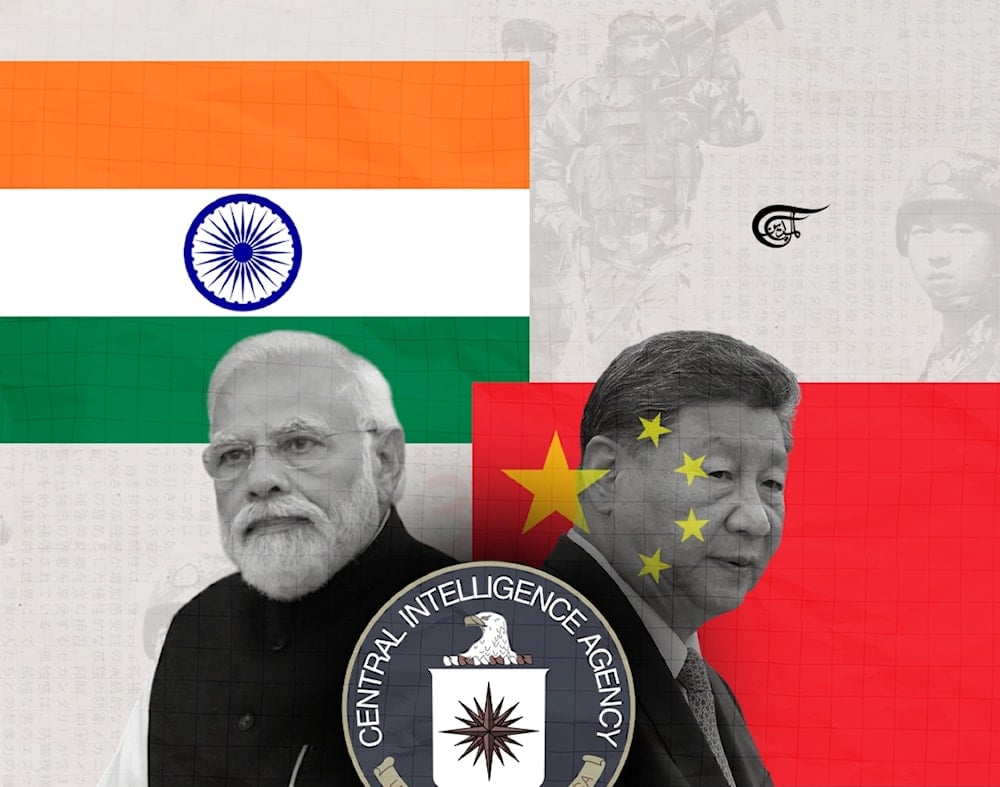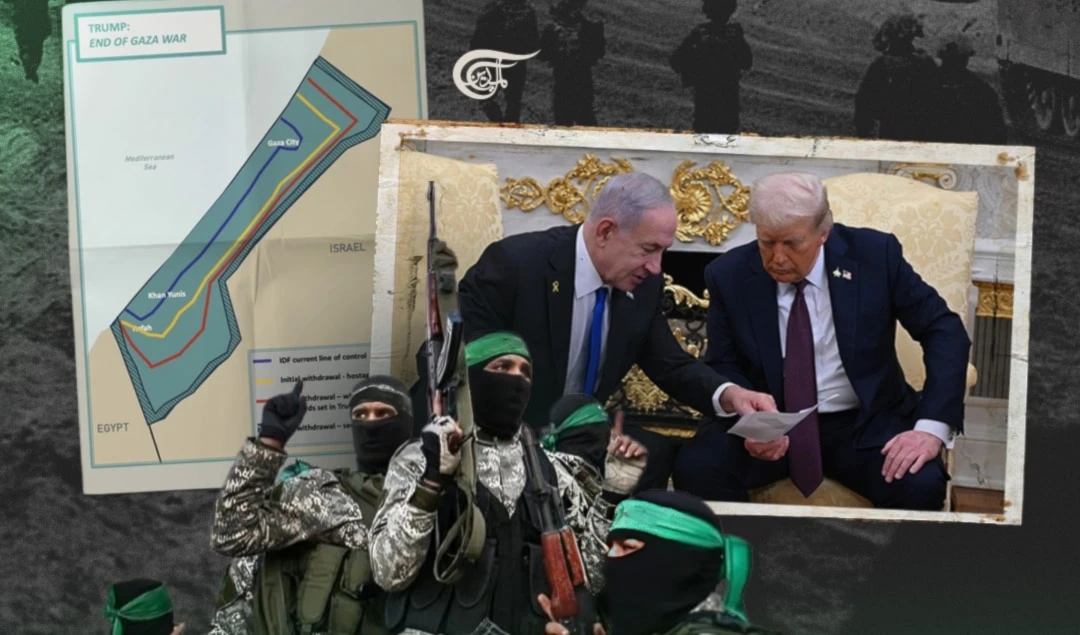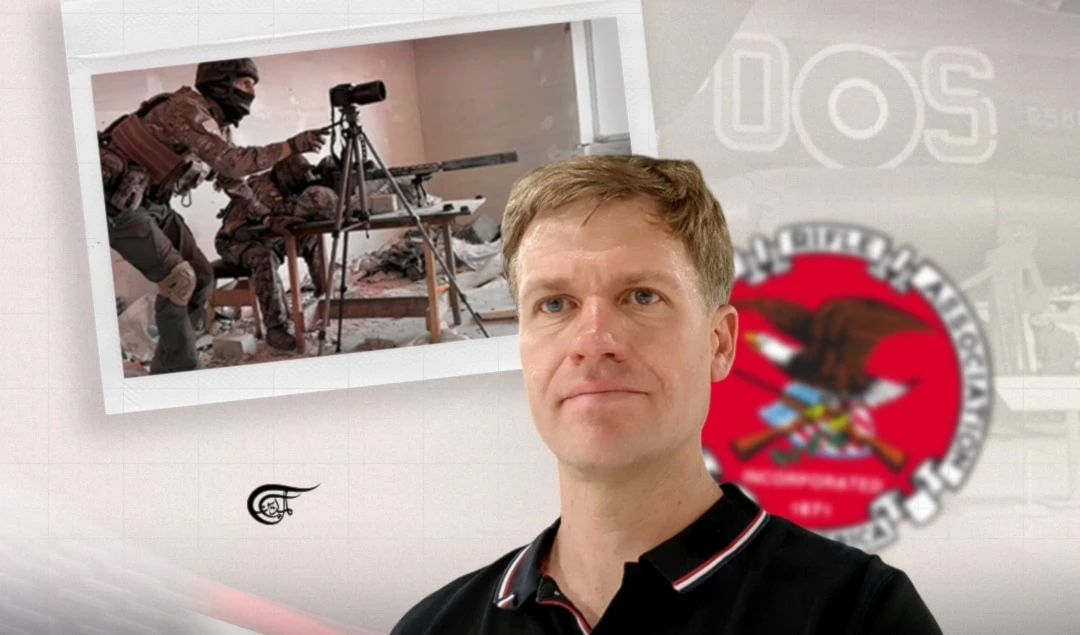How CIA secretly triggered Sino-Indian war
Decades of determined US efforts to foment antagonism between the vast neighbours have come spectacularly undone, due to the sheer weight of geopolitical reality.
-

The 1962 Sino-Indian War: More than borders—CIA covert ops reshaped India’s path (Illustrated by Batoul Chamas; Al Mayadeen English)
From October 20 - November 21, 1962, a little-remembered conflict raged between China and India. The skirmish damaged India’s Non-Aligned Movement affiliation, firmly placing the country in the West’s orbit, while fomenting decades of hostility between the neighbouring countries. Only now are Beijing and New Delhi forging constructive relations, based on shared economic and political interests. A detailed academic investigation, ignored by the mainstream media, exposes how the war was a deliberate product of clandestine CIA meddling, specifically intended to further Anglo-American interests regionally.
In the years preceding the Sino-Indian War, tensions steadily brewed between China and India, in large part due to CIA machinations supporting Tibetan separatist forces. For example, in 1957, Tibetan rebels secretly trained on US soil were parachuted into the territory and inflicted major losses on Beijing’s People’s Liberation Army forces. The next year, these cloak-and-dagger efforts ratcheted significantly, with the agency airdropping weapons and supplies in Tibet to foment violent insurrection. By some estimates, up to 80,000 PLA soldiers were killed.
Mao Zedong was convinced that Tibetan revolutionaries, while ultimately US-sponsored, enjoyed a significant degree of support from India and used the country’s territory as a base of operations. These suspicions were significantly heightened by Tibet’s March 1959 uprising, which saw a vast outflow of refugees from the region to India, and the granting of asylum to the Dalai Lama, their CIA-supported leader, by New Delhi. Weeks later, at a Chinese Communist Party politburo meeting, Mao declared a “counteroffensive against India’s anti-China activities.”
He called for official CPC communications to “sharply criticise” India’s premier Jawaharlal Nehru, stating Beijing “should not be afraid of making him feel agitated or of provoking a break with him,” and “we should carry the struggle through to the end.” For example, it was suggested that “Indian expansionists” be formally accused of acting “in collusion” with “British imperialists” to “intervene openly in China’s internal affairs, in the hope of taking over Tibet.” Mao implored, “we…should not avoid or circumvent this issue.”
Ironically, Nehru was then viewed with intense suspicion by the West due to his Non-Aligned commitment and broadly socialist economic policies. Thus, he could not be trusted to support covert Anglo-American initiatives targeting China. Meanwhile, Soviet leader Nikita Khrushchev considered Nehru an important prospective ally and was keen to maintain positive relations. Simultaneously, the Sino-Soviet Split, which commenced in February 1956 with Khrushchev’s notorious secret speech denouncing the rule of Joseph Stalin, was ever-deepening. Disagreements over India and Tibet only hastened the pair’s acrimonious divorce.
‘A weapon’
After months of official denunciations of Nehru’s policies toward Tibet, Beijing’s information war against India became physical in August 1959, with a series of violent clashes along the countries’ borders. Nehru immediately reached out to Moscow, pleading that they rein in their closest ally. This prompted a tense meeting in October 1959 between Khrushchev, his chief aides, and the CPC’s top leadership, at Mao’s official residence. Khrushchev belligerently asserted to his Chinese counterparts that their confrontations with New Delhi and unrest in Tibet were “your fault”.
The Soviet leader went on to caution about the importance of “preserving good relations” with Nehru and “[helping] him stay in power,” for if he was replaced, “who would be better than him?” Mao countered that India had “acted in Tibet as if it belonged to them,” and while Beijing also supported Nehru, “in the question of Tibet, we should crush him.” Assorted CPC officials then, one by one, forcefully asserted the recent border clashes were initiated by New Delhi. However, Khrushchev was highly dismissive.
“Yes, they began to shoot and they themselves fell dead,” he derisively retorted. A Soviet declaration of neutrality in the Sino-Indian dispute a month prior also provoked anger among the CPC contingent. Mao complained, “[the] announcement made all imperialists happy,” by publicly exposing rifts between Communist countries. Khrushchev et al were again unmoved by the suggestion. Yet, unbeknownst to attendees, they had all unwittingly stepped into a trap laid by the CIA, many years earlier.
In September 1951, a State Department memo declared, “The US should endeavor to use Tibet as a weapon for alerting” India “to the danger of attempting to appease any Communist government and, specially, for maneuvering [India] into a position where it will voluntarily adopt a policy of firmly resisting Chinese Communist pressure in south and east Asia.” In other words, it was believed that supporting Tibetan independence could force a Sino-Indian split. In turn, the Soviets might be compelled to take sides, deepening ruptures with Beijing.
This strategy informed CIA covert action in Tibet over the subsequent decade, which grew turbocharged when Allen Dulles became CIA chief in 1953. A dedicated, top-secret base was constructed for the separatists at Camp Hale, the US military’s World War II-era training facility in the Rocky Mountains. Local terrain - vertiginous, replete with dense forests - was reminiscent of Tibet, providing ample opportunity for insurgency practice. Untold numbers of militants were tutored there over many years.
At any given time, the CIA maintained a secret army of up to 14,000 Tibetan separatists in China. While the guerrillas believed Washington sincerely supported their secessionist crusade, in reality, the agency was solely concerned with creating security problems for Beijing, and resultantly inflicting economic and military costs on their adversary. As the Dalai Lama later lamented, the agency’s assistance was purely “a reflection of their anti-Communist policies rather than genuine support for the restoration of Tibetan independence.”
‘More susceptible’
Come October 1962, the CIA’s Tibetan operations had become such an irritant to China that PLA forces invaded India. Washington was well aware in advance that military action was imminent. A telegram dispatched to Secretary of State Dean Rusk five days prior to the war’s eruption forecast a “serious conflict” and laid out a detailed “line” to take for when the time came. First and foremost, the US would publicly make clear its “sympathy for the Indians and the problems posed by the Chinese intervention.”
However, it was considered vital to “be restrained in our expressions in the matter so as to give the Chinese no pretext for alleging any American involvement.” While New Delhi was already secretly receiving “certain limited purchases” of US military equipment, Washington would not actively “offer assistance” when war broke out. “It is the business of the Indians to ask,” the telegram noted. If such requests were forthcoming, “we will listen sympathetically to requests…[and] move with all promptness and efficiency to supply the items”:
“The US is giving assistance…designed to ease Indian military transport and communications problems. Additionally, the Departments of State and Defense are studying the availability on short notice and on terms acceptable to India of transport, communications and other military equipment in order to be prepared should the government of India request such US equipment.”
As predicted, the Sino-Indian conflict prompted Nehru to urgently reach out to Washington for military aid, a significant policy shift. Much of New Delhi’s political class duly adopted a pro-Western line, with calls for a review of the country’s Non-Aligned stance reverberating widely throughout parliament. Even Communist and Socialist parties that hitherto rejected any alliance with the US eagerly accepted the assistance. The CIA’s Tibetan operations had triumphed.
As a May 1960 Agency National Intelligence Estimate noted, “Chinese aggressiveness” toward New Delhi over Tibet had fostered “a more sympathetic view of US opposition to Communist China” among India’s leaders. This included “greater appreciation of the value of a strong Western - particularly US - position in Asia to counterbalance” Beijing’s influence regionally. However, the CIA noted how, as of writing, “Nehru has no intention of altering India’s basic policy of nonalignment, and the bulk of Indian opinion apparently still shares his attachment to this policy.”
The Sino-Indian War changed all that. A December 1962 Agency analysis of the conflict’s “outlook and implications” hailed New Delhi’s “metamorphosis”, which the CIA forecast would “almost certainly continue to open up new opportunities for the West.” The country was judged “more susceptible than ever before to influence by the US and the UK, particularly in the military field.” Conversely, the War had “seriously complicated the Soviet Union’s relations with India and aggravated its difficulties with China”:
“The USSR will place a high value on a continued close relationship with India. While its opportunity to build up lasting influence in the Indian military has virtually disappeared, it will probably continue to supply some military equipment and to maintain its economic ties with India.”
Subsequently, New Delhi began assisting Anglo-American intelligence gathering on China and became actively involved in CIA wrecking activities in Tibet. The Sino-Indian War’s spectre hung over relations between the two nations for many years thereafter, and border clashes occurred intermittently throughout. Now, though, as Donald Trump bemoaned in September, India appears enduringly “lost” to Beijing and its close partner Russia. Decades of determined US efforts to foment antagonism between the vast neighbours have come spectacularly undone, due to the sheer weight of geopolitical reality.

 Kit Klarenberg
Kit Klarenberg
 9 Min Read
9 Min Read











